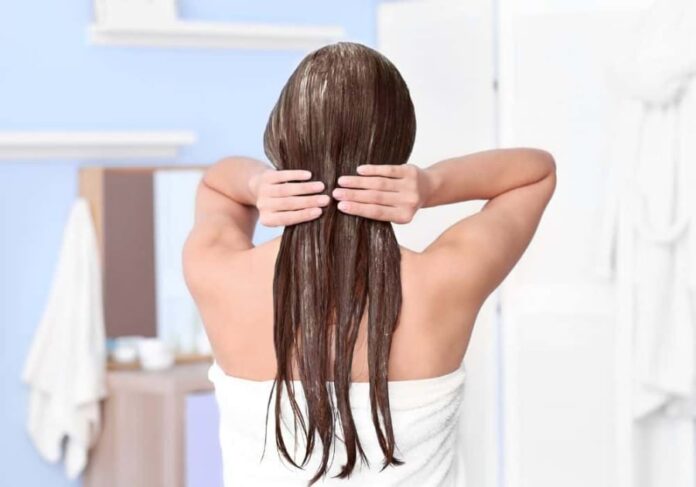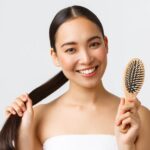Smooth and healthy hair is a dream come true for many, especially women. However, many people still experience dry, brittle, and falling hair despite their meticulous hair care routines. One of the most common reasons is the neglect of hair masking, an essential step in any hair care regimen. In reality, hair masking does not only provide nutrients but also shields hair from damage and environmental aggressors.
Why is hair masking necessary?
Hair masking is one of the most effective methods to enhance hair health, offering numerous benefits that regular shampoo and conditioner cannot replicate.

Hair Masking: An Essential Step for Healthier Hair
1. Deep Nourishment for Hair
Hair masks infuse essential nutrients such as vitamins, proteins, and natural oils, resulting in softer, smoother, and stronger hair. These masks often contain ingredients like coconut oil, shea butter, or keratin, which fortify hair from within, reducing breakage and hair fall.
2. Repair and Restore Damaged Hair
Hair is susceptible to damage from chemical treatments (coloring, bleaching, perming, straightening) and high heat from styling tools. Regular hair masking helps repair hair from within, minimizing split ends, dryness, and restoring its natural elasticity.
3. Tame Frizz and Enhance Manageability
Healthy hair is not only aesthetically pleasing but also more manageable. If you frequently struggle with tangles and uncooperative hair, hair masking can significantly improve this issue by infusing moisture and softening your tresses.
4. Environmental Protection
Our hair is constantly exposed to harmful elements like UV rays, pollution, dirt, and chemical-laden water. Hair masking creates a protective barrier, minimizing environmental damage and maintaining hair’s strength and luster.

Shield Your Hair from Environmental Aggressors
5. Strengthen Hair and Reduce Hair Fall
When adequately nourished, hair becomes more resilient and robust, reducing the likelihood of hair fall. This is especially crucial for those with thin, fragile hair or chemically treated hair.
How to Properly Apply a Hair Mask for Optimal Results
Choose the Right Product: Select a hair mask based on your hair type and condition. For instance, dry hair requires a moisture-rich formula, while oily hair benefits from a lightweight, non-greasy option.
Hair Masking Frequency:
Dry and severely damaged hair: Mask 1-2 times a week.
Normal hair: Mask once a week.
Healthy hair: Mask 1-2 times a month to maintain shine and softness.
Hair Masking Procedure:
Start with clean hair by shampooing to remove dirt and excess oil.
Gently towel-dry your hair, leaving it slightly damp.
Apply the hair mask evenly from roots to ends, avoiding the scalp to prevent greasiness.
Gently massage to ensure the product is absorbed thoroughly.
Leave the mask on for 15-30 minutes. For enhanced results, use a hair steamer, warm towel, or shower cap.
Rinse thoroughly with cool water to seal in the nutrients.
Additional Tips for Effective Hair Masking
Avoid overdoing hair masks as it may lead to greasy hair.
Don’t leave the mask on for too long, especially protein-rich formulas, as they can make your hair stiff and dry.
For extremely damaged or fragile hair, combine hair masks with hair oils or other intensive treatments for optimal results.
“Revitalize Your Locks: Pre-Lunar New Year Hair Care and Styling Tips for Voluminous Tresses”
Are you tired of feeling self-conscious about your flat, lifeless hair that refuses to hold any style? It’s time to take control and embrace the voluminous, bouncy locks you’ve always desired, especially with the festive season approaching. The ever-evolving hair care industry, coupled with modern beauty trends, offers a plethora of solutions to tackle thin, weak hair when approached with the right understanding of causes and tailored strategies.





































